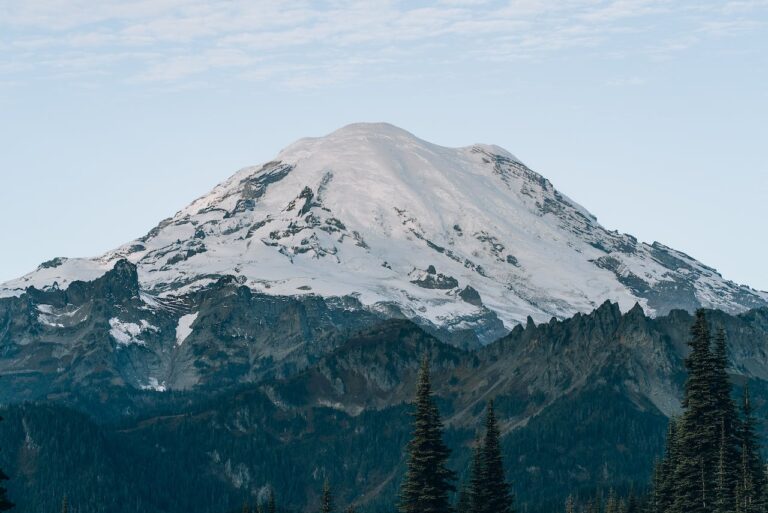Belarus, also known as Belorussia or White Russia, is a small nation in eastern Europe. The country won independence from the Soviet Union in 1991. It is a beautiful country to visit in Europe.
The country is small in size, but the people are big in heart. People are welcoming and polite. The culture and traditions are ancient but still alive.
As beautiful as it is, Belarus is one of the most underrated countries in Europe. Belarus was occupied by the Nazis and was again taken by Stalin’s Russia in 1944.
However, Belarus is one of the poorest countries in Europe. However, this is not a reason to stay away from Belarus. In fact, it is a reason to visit it. The country still has a standard of living above the world average.
Besides, the country is renowned for its variety of sweets. Make sure you try the Zephyr, glazed cranberry, sguschenka, glazed curd bars, and chocolate candies.
About one-fifth of the total population of the country inhabits the capital city, Minsk. Minsk is an urban city that was rebuilt after being destroyed during World War II.
Belarus Geography
Lithuania and Latvia border this landlocked nation to the northwest whereas, Russia bounds the country to the north and east, Poland to the west, and Ukraine to the south.
The country’s topography was shaped by glaciation during the Pleistocene Epoch. As a result, the country’s landscapes comprise flat lowlands that are separated by low-topped hills.
The highest point of the country is at Dryarhynskaya Hill (1,135 feet above sea level). However, most of Belarus’ lands lie below 660 feet.
The country has more than 20,000 streams and 10,000 lakes. The largest lakes are Narach, Drysvyaty, and Osveyskoye.
Talking about soils, Belarus is covered by podzolic soils in three-fifths of its area. On the other hand, the plains have sandy podzols and are less fertile.
Belarus Climate
The country boasts a cool continental climate that is moderated by the Atlantic Ocean’s maritime influences.
The country has the highest temperature (about 18 degrees Celsius) in July. During January, the average temperatures are about -4 degrees Celsius in the southwest and -8 degrees Celsius in the northwest.
Belarus has moderate precipitation levels. June to August are when the rainfall is highest. It gets 530 mm of rain in the lowlands, whereas the higher morainic ridges get 700 mm.
Belarus Nature and Wildlife
The country’s vegetation is a combination of deciduous and coniferous forests. The upland forests had been removed by the late 16th century.
Much of the forest’s lands have been cleared for agricultural use. The conifers like pine and spruce dominate the northern region, whereas deciduous trees like oak and hornbeam are abundant in the southern areas. You can find birch trees everywhere.
The best place to experience nature is at the Belovezhskaya Forests, located on the western border with Poland. It is one of the most extensive ancient mixed forests in Europe that covers more than 1,200 square kilometers of land. This place has been listed as a UNESCO World Heritage Site and has been preserved for centuries.
Here, you can find the European bison that has been reintroduced through captive breeding. In different forests of Belarus, you can also find other wild animals like deer, boar, elk, hares, foxes, squirrels, martens, and beavers.
Birdlife is also quite rich as you can find grouse, woodcocks, snipes, partridge, and ducks. In addition, the rivers of Belarus are stocked with fish.






